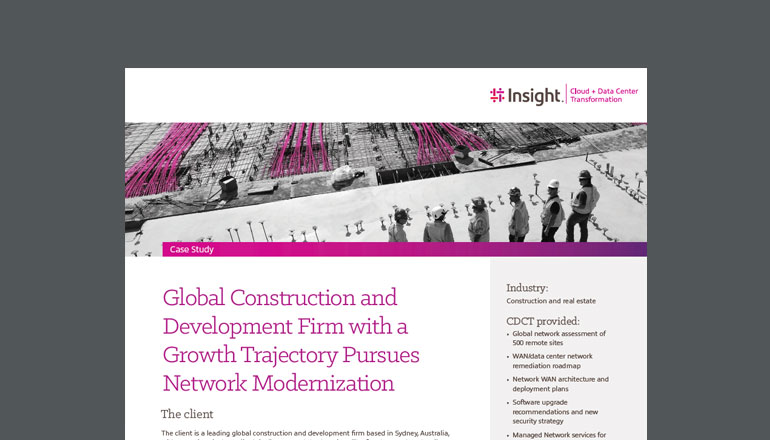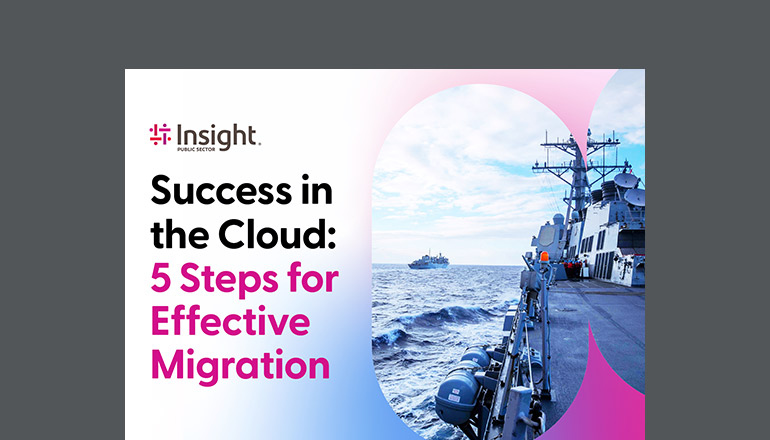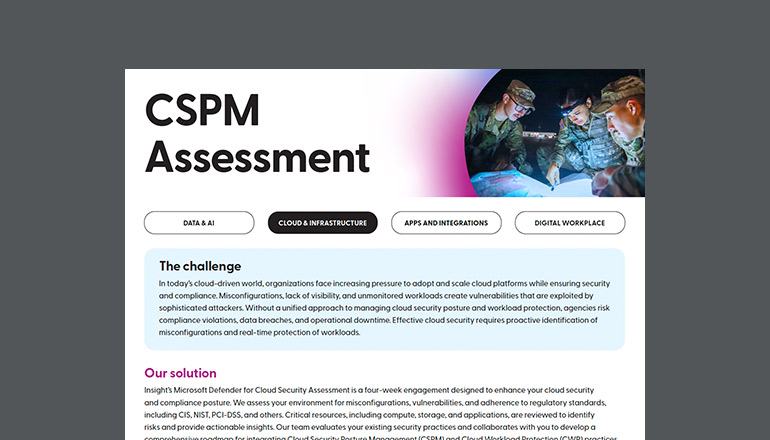What is application modernization?
Applications can build connections and improve engagement among your employees and customer base, but it becomes more challenging to support, scale and maintain apps as they age. These management roadblocks lead to frustrating user experiences that complicate customer interactions and stall internal collaboration — a pain point that’s amplified for younger users, who have grown acclimated to seamless digital engagement.
When you modernize your applications, you not only resolve challenges caused by your existing legacy applications but also move to cloud-based, data-driven platforms created with agility and scalability in mind. These newer systems for collaboration and engagement meet today’s expectations while leaving room for change and growth — making it easier to deliver experiences that retain customers and talent now and in the future. In other words, this major shift minimizes the need to make drastic changes to your applications again down the line.
What is device modernization?
Along with your productivity and collaboration applications, the devices you equip your workforce with substantially impact the employee experience. If your end-user hardware is performing inadequately, reaching end-of-life imminently or failing to support a hybrid approach to work, a device refresh may be in order. New devices come with a learning curve, but they also deliver improvements in performance, productivity and mobility that keep your teams engaged wherever and however they work.
The age of devices is just one employee pain point; limited hardware options can also diminish workforce satisfaction. Choose Your Own Device (CYOD) programs solve this challenge by giving workers the ability to select from an organization-approved range of computers, tablets and/or smartphones. This approach enables end-user flexibility without overburdening IT management and security processes — especially if you partner with a Device as a Service (DaaS) provider.
If you really want to maximize employee choice, a Bring Your Own Device (BYOD) policy takes hardware flexibility to the next level. Under BYOD, your teams can access organizational networks, systems and data from their personal devices. While this reduces hardware costs and enables teammates to work with tools they’re already comfortable with, it also introduces additional complexity into your IT environment, especially when it comes to your cybersecurity.
What is lifecycle modernization?
IT modernization isn’t limited to upgrading platforms and hardware; it can also reshape operational processes, including lifecycle management. The IT lifecycle describes the routine practices involved in keeping endpoints functional and equipped to meet business needs. Streamlining these practices is a key site of IT modernization that also simplifies other transformation efforts by optimizing resources and bolstering your organization’s ability to scale and adapt.
The hardware lifecycle is a cyclical journey consisting of the following stages, all of which can benefit from adopting new solutions and practices:
- Planning: In this phase, IT leaders will examine the current state of your hardware lifecycle and the future goals of the business and develop a strategy that synthesizes the two.
- Procurement: This describes the purchasing of products, which can be modernized by collaborating with a partner that provides self-service tools and flexibility in warehousing, financing and leasing.
- Configuring: After you’ve purchased your new hardware, either your internal IT team or a service provider will provision devices through asset tagging, kitting, staging, imaging and more.
- Deployment: Appropriately provisioned tools are handed over to end users, who can either use self-installation options or seek help from your IT team. Innovations such as Virtual Desktop Infrastructure (VDI) and cloud-based deployment can simplify this process, particularly for remote workers.
- Management and maintenance: As your teams engage with their new devices, they’ll inevitably run into roadblocks. Physical repairs and end-user support get them back to productivity, and modern approaches accelerate the process.
- End of life: Unfortunately, no hardware asset lives forever. But, responsible disposition and recycling practices allow you to retire devices without harming the environment or putting business data at risk.
What is security modernization?
When IT leaders raise the subject of modernizing legacy systems, they often hear stakeholders voice their fears that introducing new technologies will mean introducing new cybersecurity risks. However, innovative technologies are not inherently riskier than their legacy counterparts — in fact, they may be easier to protect than your existing systems, which can have security gaps of their own and often require a fragmented approach to threat defense.
As other parts of your IT ecosystem transform, your security systems will have to adapt — but that’s a positive side effect. While sticking to what’s known and comfortable is especially appealing when it comes to security, our cyberthreat landscape is always evolving, which means that your organization should adapt alongside it.
As long as your IT modernization strategy doesn’t brush aside compliance requirements and security concerns, your digital transformation will drive progress toward a more centralized, manageable and proactive approach to cybersecurity.
What is modern IT management?
IT modernization reduces complexity in the long term, but in the transitional stages of your journey, it can require a patchwork of management solutions for your evolving infrastructure, applications, devices and users. At the same time, as is the case for cybersecurity, digital transformation opens up opportunities to move toward management tools and approaches that are more centralized and streamlined.
A particularly fruitful area for modernization is data management. As your business evolves to meet the changing demands of a digital economy, expanding visibility into and control over the information you collect is vital to optimizing processes, maintaining compliance and adapting to customer expectations. This is especially important if your organization will adopt innovations that expand the pool of information you can access, such as the Internet of Things. In short, modern management solutions and practices enable you to access, store, govern and analyze data from a growing collection of sources more effectively and efficiently.
How does training fit into IT modernization?
Implementing new technologies is just one part of IT modernization; it’s equally urgent to ensure that your end users know how to use those tools to their full advantage. Even your most innovation-minded teammates will feel uncomfortable adopting new solutions without adequate preparation and training.
Partnering with experts in Organizational Change Management (OCM) and Learning and Development (L&D) can help your business smooth the process of digital transformation by preparing your workforce to hit the ground running with the new technologies you’ve asked them to embrace.
Not only does appropriate training support technological innovation, but technological innovation is also facilitating new approaches to training. In 2020, traditional in-person learning was limited due to the COVID-19 pandemic. While this abrupt change was often challenging, it also led organizations to refine many emergent approaches to training, including virtual learning, immersive technology, video content and mobile platforms. As a result, training programs are more versatile, engaging and audience-centric than ever before — which increases the likelihood that learners will internalize the information presented throughout the training experience.
IT modernization challenges
Modernizing IT is a key business priority, but organizations often face roadblocks in their journeys. Internal IT departments juggle multiple, competing priorities, and long-term transformational projects sometimes take a backseat to more immediate needs. The need to allocate time and energy where it is most urgent is especially strong for organizations with limited budgets, staff and expertise. In many cases, collaborating with an external partner helps organizations fill knowledge gaps, develop effective strategies and achieve modernization more quickly — without overburdening internal teams.
However, even businesses with ample internal and partner resources can struggle to modernize if they lack a clear, comprehensive strategy. And, wariness around the potential drawbacks of new technologies — especially around employee adoption, industry compliance requirements and cybersecurity risks — can prevent organizations from even attempting to realize their benefits. Again, a trusted partnership can make it easier to build a strategy that incorporates business goals and necessary process updates into technology upgrade plans.
IT modernization outcomes
While IT modernization is a major undertaking, it’s also a significant driver of business success in a digital-first world. When your business adopts new technologies across your IT infrastructure, you can accelerate workloads and lay a foundation for better data insights, streamlined processes and the automation of routine tasks. Upgrading devices, applications and networks fosters better customer and employee experiences, which builds brand loyalty and makes retaining talent easier. And, that talent can maximize their potential with modern workforce tools that boost productivity and enable effective collaboration wherever and whenever they work.
Realizing these business outcomes through IT modernization requires patience, resources, expertise and an intelligent strategy — but the rewards are worth the effort.






